Follow + star official account , don't miss exciting content

Arrangement | strongerHuang
WeChat public account | Embedded column
Can MCU replace PLC?
This question is like flour can replace noodles, the answer is no. When hearing this answer for the first time, many people may have doubts. The single-chip microcomputer is obviously so powerful and rich in resources, why can’t it replace the PLC?
So today we will take a look at what a single-chip microcomputer and a PLC are, and what are the differences between them.
single chip microcomputer
Single Chip Microcomputer (Single Chip Microcomputer), also known as Microcontroller Unit (Microcontroller Unit), referred to as MCU, is an integrated circuit chip, which is a central processing unit (Central Process Unit) with data processing capabilities using VLSI technology. ; CPU), random access memory (Random Access Memory; RAM), read-only memory (Read-Only Memory; ROM), a variety of I/O ports and interrupt systems, timers/counters and other functions (may also include display drive circuits, Pulse width modulation circuit, analog multiplexer, A/D converter and other circuits) are integrated into a silicon chip to form a small and complete microcomputer system, which is widely used in various fields. For example, mobile phones, PC peripherals, remote controls, automotive electronics, industrial stepping motors, control of robotic arms, etc., can all be seen with MCUs.
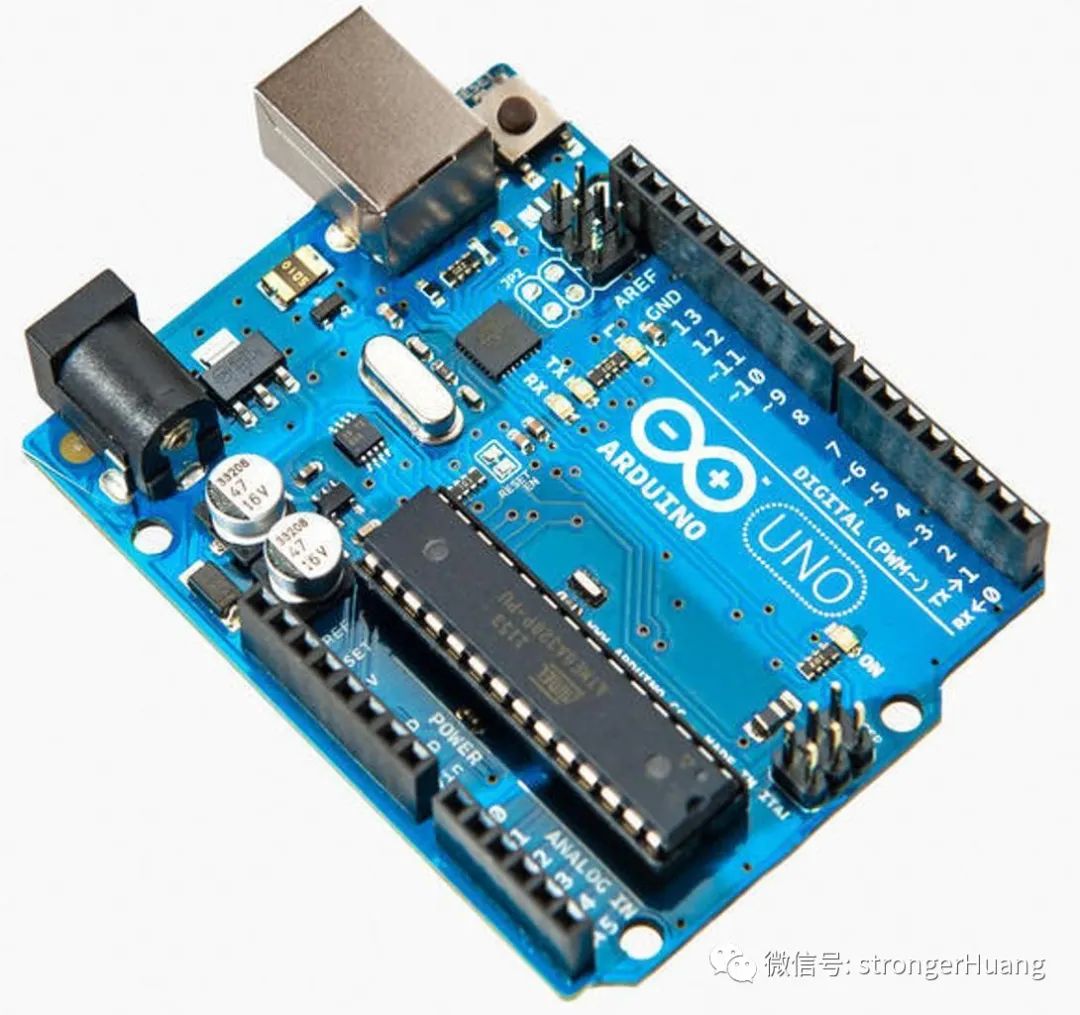
The history of single-chip microcomputer is not long, but the development is very rapid. Its generation and development are roughly synchronized with the generation and development of microprocessors. Since Intel Corporation of the United States first introduced 4-bit microprocessors in 1971, its development so far can be roughly divided into 5 stages.
The initial stage of single-chip microcomputer development (1971-1976): In November 1971, Intel Corporation first designed a 4-bit microprocessor Intel 4004 with an integrated level of 2000 transistors/chip, and was equipped with RAM, ROM and shift registers. Constituted the first MCS-4 microprocessor, and then launched the 8-bit microprocessor Intel 8008, as well as 8-bit microprocessors successively launched by other companies.
Low-performance single-chip microcomputer stage (1976 to 1980): represented by the MCS-48 series launched by Intel in 1976, using 8-bit CPU, 8-bit parallel I/O interface, 8-bit timer/counter, RAM and ROM, etc. A monolithic structure integrated on a semiconductor chip, although its addressing range is limited (not greater than 4 KB), there is no serial I/O, the capacity of RAM and ROM is small, and the interrupt system is relatively simple, but the function can meet the requirements of general industrial The needs of control and intelligent instruments, meters, etc.
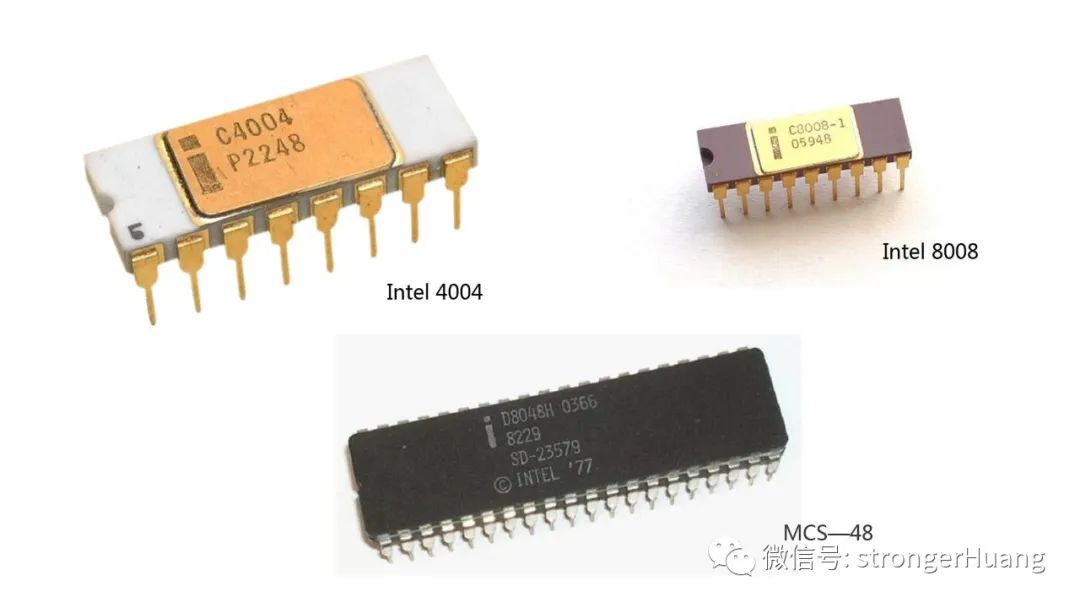
High-performance single-chip microcomputer stage (1980 to 1990): The high-performance 8-bit single-chip microcomputer introduced at this stage generally has a serial port, a multi-level interrupt processing system, and multiple 16-bit timers/counters. The capacity of on-chip RAM and ROM is increased, and the addressing range can reach 64 KB, and individual chips also have A/D conversion interfaces.
16-bit single-chip microcomputer stage (1983-1989): In 1983, Intel Corporation launched a high-performance 16-bit single-chip microcomputer MCS-96 series. Due to its adoption of the latest manufacturing technology, the chip integration level is as high as 120,000 transistors/chip .
All-round high-level development stage (1990-present): So far, single-chip microcomputers also have a tendency to change from traditional 8-bit processor platforms to 32-bit advanced RISC processor platforms, but 8-bit computers are still difficult to be replaced. 8-bit single-chip microcomputer is low in cost, cheap, easy to develop, and its performance can meet most of the needs. Only in high-tech fields such as aerospace, automobiles, and robots, it is necessary to use 16/32 bits when high-speed processing of large amounts of data is required. In the general industrial field, the 8-bit general-purpose single-chip microcomputer is still the most widely used single-chip microcomputer at present. Single-chip microcomputers are developing to a higher level in all aspects such as integration, function, speed, reliability, and application fields.
The characteristic of single-chip microcomputer is that programming and maintenance are relatively complicated, and the programming method is usually C language or assembly language, the cost is low, and the I/O interface is relatively limited.
PLC
PLC, the full name of Programmable Logic Controller, is a programmable logic controller, which is a digital operation electronic system specially designed for application in industrial environments. It uses a programmable memory to store instructions for performing logic operations, sequence control, timing, counting, and arithmetic operations, and controls various types of mechanical equipment or production through digital or analog input and output. process.

Why can't MCU replace PLC?
1. Stability and reliability
Some people say that this is a pseudo-problem. The single-chip microcomputer is a component, and the PLC is a system composed of components and huge software. There is no comparison between the two in this respect. This is not wrong. Most PLC control chips are actually single-chip microcomputers. That is to say, PLC can be regarded as the secondary development of single-chip microcomputers. In terms of industrial protection level alone, the stability and reliability of single-chip microcomputers cannot compare with PLC IP67. Class products (IP is a letter, the first number indicates the level of protection against contact and foreign objects, and the second number indicates the level of protection against water). Moreover, a redundant system has been developed for PLC, a product that can cope with harsh industrial environments. If the comparison of stability and reliability is meaningless, then we analyze it from other aspects.

2.I/O function
The I/O points of the single-chip microcomputer are really limited, but what about the PLC? For different field signals, there are corresponding I/O points that can be directly connected to industrial field devices (such as buttons, switches, sensor current transmitters, motor starters or control valves, etc.), and are connected to the CPU motherboard through the bus connect. Almost any production line in the industry has hundreds or even thousands of I/O points, which is completely unmatched by single-chip microcomputers.

3. Extended functions
In addition to control, a complete industrial production line also has communication, host, configuration, motion control and display, etc. These things need to rely on a complete industrial system and communication protocol to do it, such as Siemens' PROFIBUS-DP communication, Mitsubishi Heavy Industries CC-LINK and so on. Most of the communication between single-chip microcomputer and PC, single-chip microcomputer and single-chip microcomputer uses serial port. The serial port of the single-chip microcomputer is a full-duplex asynchronous communication serial port, so can the single-chip microcomputer of communication protocols such as MODBUS, PROFIBUS, CAN open, and Ethernet be realized one by one? Maybe a single-chip microcomputer can do it, but this involves the next analysis point, the development cycle.
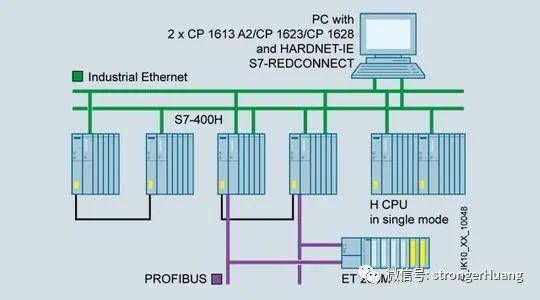
4. Development cycle
There are more than 200 brands of PLC, almost every brand has different programming software, and they are constantly improving their own programming software, so that it can serve electrical engineers more and more easily, and various program blocks are becoming more and more The more convenient and humane it is to call at will, such as PID module, motion control module, etc., it greatly reduces the development pressure of engineers and shortens the development cycle. How to implement the microcontroller? If there is no ready-made module to use, it can only be developed. Then engineers who have done non-standard automation equipment will encounter a problem-insufficient construction period. PLC, a highly integrated and modular product, is also stretched to meet the development cycle required by the equipment, and the construction period is also stretched, let alone a single-chip microcomputer that is like a blank sheet of paper.
5. Communication distance
Most of the assembly lines now need to be integrated and monitored across regions. The communication methods used are mostly Ethernet plus repeaters, or direct civilian broadband optical fiber. The things used are probably Microsoft's IE browser in the end. It is obvious that the PLC has an RJ-45 interface. Even if the main body does not have an RJ-45, it can be equipped with an Ethernet module. Can the PCB board equipped with a single-chip microcomputer add this interface and develop Ethernet communication? How long does it take to develop?
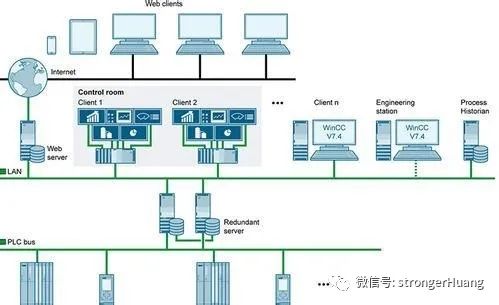
6. Programming language
This is an advantage for single-chip microcomputers, but also a disadvantage. As mentioned above, there are more than 200 brands of PLCs and more programming software. Although the programming languages of most PLCs are similar, every time an electrical engineer comes into contact with a different brand of PLC, the electrical engineer must learn from the hardware parameters, software components, Programming software and other aspects can be used handy only after understanding it once from the beginning. The programming language of the single-chip microcomputer uses C language or assembly language, which is common to any single-chip microcomputer. In other words, if you learn C language or assembly language, you can apply any single-chip microcomputer to develop the desired function (provided that you have a relevant electrical and electronic foundation). But then again, electrical engineers are not electronic engineers. Their job is not just to consider how the single-chip microcomputer drives the relay to control the machine tool. Even some electrical engineers do not know MCU development languages such as C language and assembly language. In recent years, with the promotion of the IEC-61131-3 standard, more and more PLCs support multiple programming languages, such as the ST language similar to the C language, and the CFC language similar to the circuit diagram. This convenient function is really impossible to realize in the traditional single-chip microcomputer development environment.
Summarize
After the above explanation, we can see that PLC can actually be regarded as the secondary application development of single-chip microcomputer, but it has its own distinctive characteristics. So far, China's single-chip microcomputer application and embedded system development have gone through more than 20 years. National economic construction, military and household appliances and other fields, especially mobile phones, automotive automatic navigation equipment, PDA, smart toys, smart phones, etc. Household appliances, medical equipment and other industries all use single-chip microcomputers. At the high end of the industry, there are currently more than 100,000 engineers engaged in the development and application of single-chip microcomputers.
Disclaimer: The material of this article comes from the Internet, and the copyright belongs to the original author. If it involves copyright issues, please contact me to delete.
------------ END ------------

●Column "Embedded Development"
●Selected tutorials in the embedded column
Pay attention to the official account and reply " Jiagroup " to join the technical exchange group according to the rules, and reply " 1024 " to view more content.
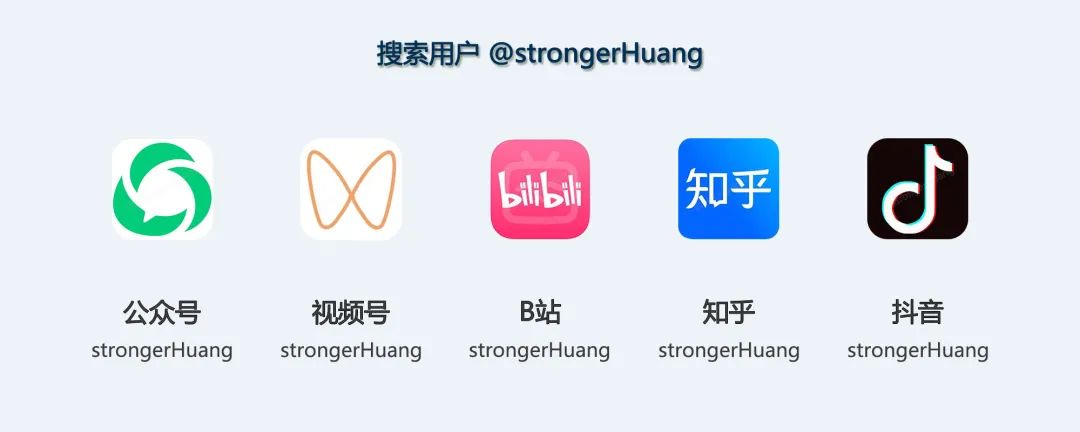

Click " Read the original text " to view more sharing.